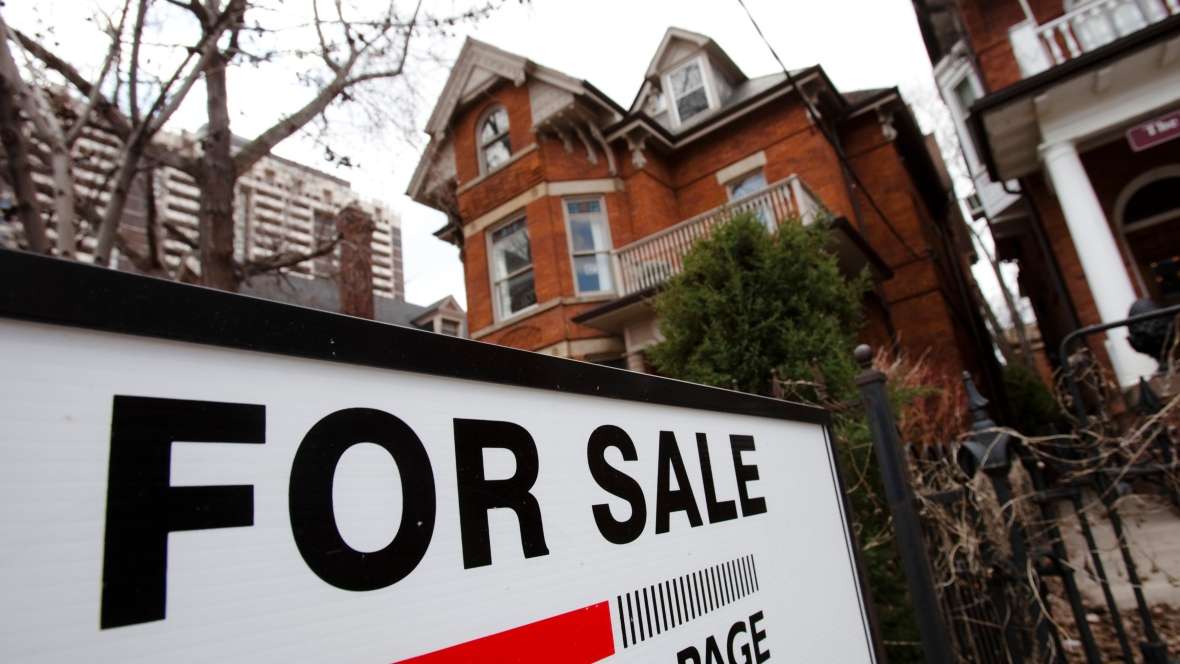British house prices record another weaker than expected sales in November. This Brexit deal is weighing on house prices and growth in the UK economy.
The Housing market growth has slowed down since last year’s Brexit vote, but where will it go from here? Until now, the House prices have risen 2.5 percent on the year. It was unchanged from the pace of growth in October.
However, the median forecast in a Reuters poll of analysts had predicted house price inflation spiking up to 2.7 percent. According to the report, “The annual rate of house price growth remained stable in November at 2.5%.
Nevertheless, annual growth remains within the 2-4% range that has prevailed since March. Low mortgage rates and healthy rates of employment growth are providing support for demand.
But this is being partly offset by pressure on household incomes, which appears to be weighing on confidence. The lack of homes on the market is also providing support to house prices.
Abolishing stamp duty (SDLT) for first time property buyers of up to £300,000, (with relief for those purchasing a property up to £500,000) is likely to have some impact on overall demand.
In many regions, first time buyers already paid little or no stamp duty as the price of the typical first time buyer property was below the previous threshold of £125,000.
What pressure is brexit deal exerting on Housing Supply?
The focus on boosting house-building in the Budget is important. Shortage of homes is a key reason why affordability is so stretched in large parts of the country.
A wide range of measures were announced to deliver an additional 300,000 homes per year by the mid-2020s. Is this sustainable? What is equally unhelpful is the pace of the brexit deal negotiation. Will it ever happen?
The long time-frame reflects the scale of the challenge ahead, although there have been some encouraging signs. These number of homes have been rising faster than previously thought in recent years.
Construction of new build properties is still too low – with completions in England over the past 12 months at 13% below 2007 levels.
But, the picture improves significantly if we add in new dwellings that have been created by converting larger homes into more units and those created by ‘change of use’, such as offices transformed into flats.
This broader measure, the number of dwellings being created each year is now only 3%. These numbers are quite lower than the levels recorded in 2007 (even after accounting for demolitions).
Interestingly, it is ‘change of use’ of buildings that are making the difference. That is. the from shops, offices and other commercial repurposed to homes properties that is providing the biggest boost.
In addition, it is driven by a shift in government policy. From 2014, automatic permitted development rights were granted to convert offices into residential properties.
Since then, the so called ‘change of use’ additions to housing have nearly doubled, from 20,000 properties in 2006/07 to 37,000 in 2016/17. Of these, about 18,000 were granted under the new permitted development rights.
Where Is ‘Change Of Use’ Making The Most Significant Contribution?
This policy change has provided a particularly strong boost to housing supply in London. Where the increase in dwellings each year is now 22% higher than at the 2007/08 peak.
Homes created by ‘change of use’ in London, accounted for over a fifth of new dwellings added in the capital in 2016/17. This is well above the 16% recorded in the rest of England (excluding London).
“While across the UK the price of housing and residential land is higher than the price of commercial property and commercial land, in London the gap is sufficiently large to dwarf conversion costs and make the developments very profitable.
Other cities with expensive housing and limited supply also appear to be benefiting from the policy change. For example, in Bristol, net change of use accounted for the majority of new housing supply in 2016/17, with 1,040 additions from ‘change of use’ versus 900 new builds.
Is this the Answer to the UK’s Housing Problem?
“While this is an encouraging development, we shouldn’t overstate its significance. The growth in ‘change of use’ may well slow in future years, as developers have converted the easiest sites.
This could also mean, stocks of suitable commercial property being reduced. However, the quality and long-term suitability of some of these changes of use properties remains to be seen.
Therefore, while the recent data is encouraging, there is still a lot that remains to be done in tackling the UK’s housing supply issues. There is also a threat of build skills shortages as UK restrict EU citizens.
As brexit deal is being negotiated this one factor could derail the 300,000 homes per year plan. For this reason, the focus in the Budget on increasing supply of homes in the year ahead was encouraging.
On the month, prices have risen 0.1 percent, slowing from an increase of 0.2 percent in October, Nationwide said. The Reuters poll had predicted a monthly increase of 0.2 percent. How will this pan out when all is said and done with?
Your Take Away
While the Brexit deal continues to falter, the uncertainty looming over businesses’ future and personal finances have not waned. This was certainly not a future many brexitiers would have voted for. Is this a bridge too far far or just a minor inconvenience as Brexiters claim? Time will tell.




